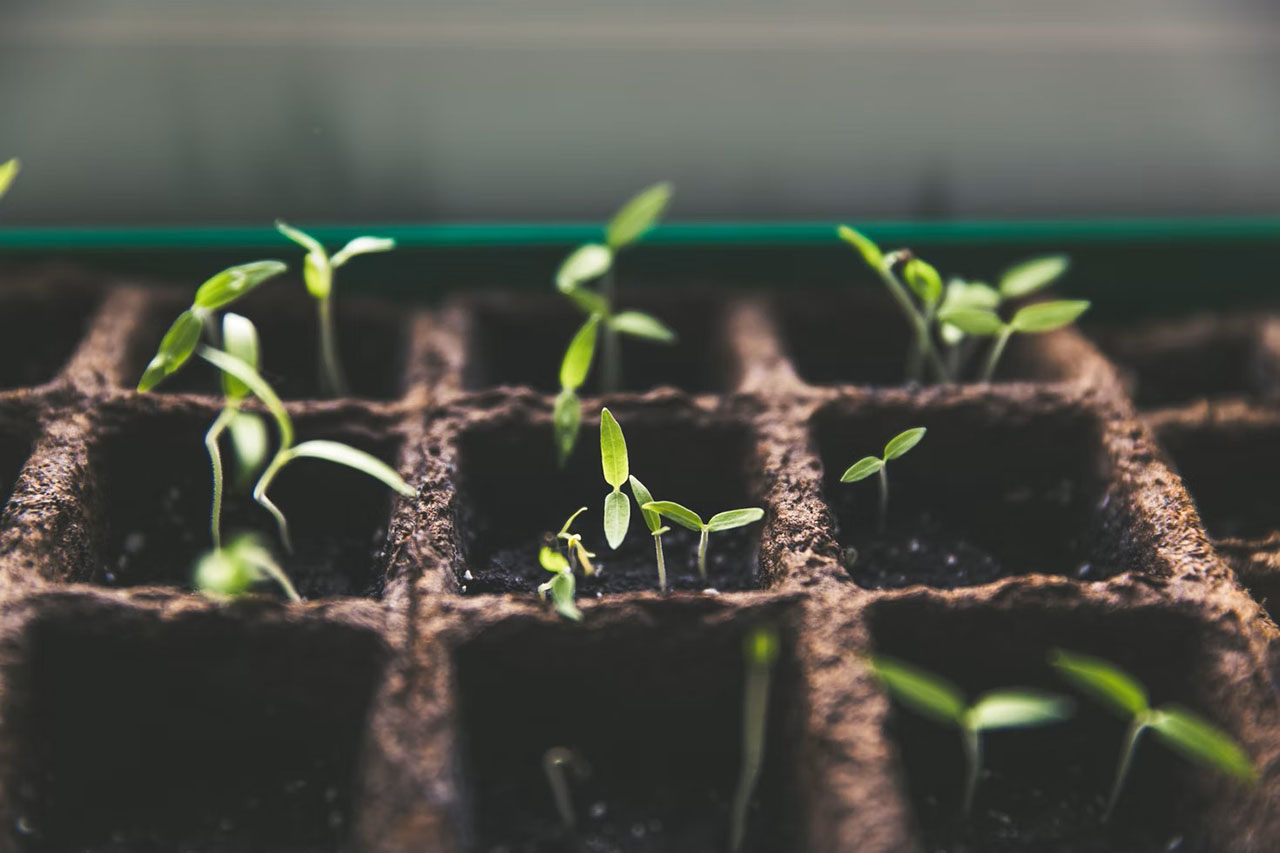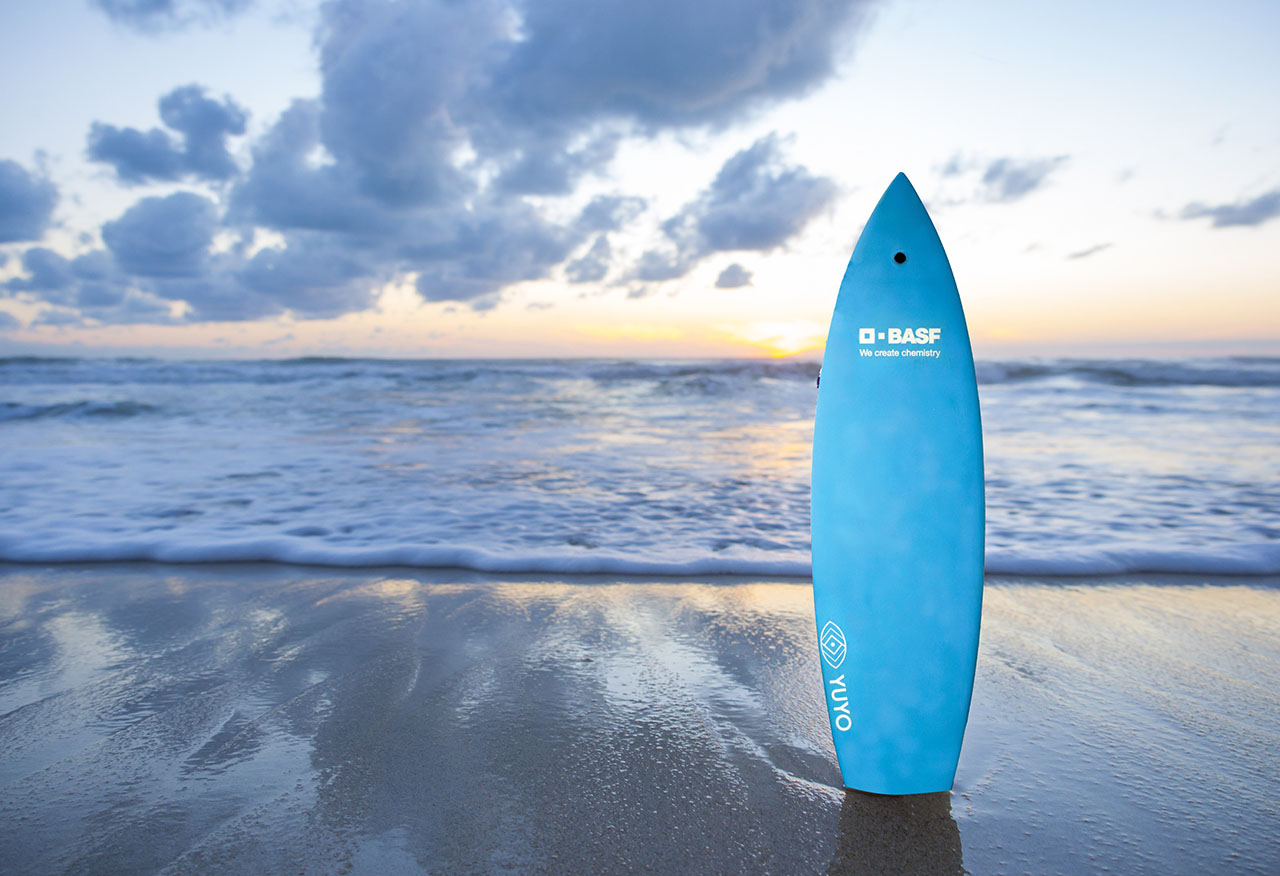
Update: Forward AM’s Filament Materials Deliver on Both Performance and Sustainability
At BASF Forward AM we are deeply committed to sustainability, as it remains an essential pillar in our company vision. We are continuously working to reduce the environmental impact of our materials as well as our use of Earth’s precious resources. To both accelerate and justify our efforts, we recently conducted a detailed SEEbalance assessment for 3D printing technologies. Over the past several months we have evaluated the results and are now incorporating them to make our Ultrafuse® products even more sustainable.
Whether it is powder bed fusion, photopolymer, or our filaments, we want to provide the best possible materials for your 3D printing projects while also reducing our carbon footprint to protect the environment and our planet for future generations. So, let’s take a closer look at our filaments and the different measures our material experts took and will continue to take to offer more sustainable options within our Ultrafuse® line.
Sustainable Terminology
It is not always easy to find the proper words, especially when it comes to one of the most important topics of the 21st century. To ensure a thorough understanding of our initiatives, please review the following vocabulary terms commonly used when discussing sustainability.
- Virgin plastic: Plastic can be made from different natural materials such as crude oil or bio-based materials. When the word virgin plastic is used, it refers to plastic that is newly created without recycled materials.
- Post-industrial: The word post-industrial means waste that was produced during a manufacturing process but was not used as an end product due to a variety of issues and therefore had no contact with a consumer.
- Post-consumer: These are materials that are recycled out of waste that was once used by a consumer and is no longer used for its intended purpose.
- Recycled plastic: This is a waste material that is recovered and converted into new materials and products. These recycled plastics can originate from a post-industrial and/or post-consumer waste stream.
Sustainability beyond our filaments
Our goal is not to limit ourselves to sustainable materials options, but also to be sustainable beyond that.
The Ultrafuse® retail box is now credible forest certified by the Forest Stewardship Council® The FSC® ensures that when purchasing our product, you as a consumer contribute to the conservation of our precious forests worldwide. The box is made with wood sourced from certified forests and other controlled sources, where the health and safety of forest workers are secured and where forest wildlife is well looked after. Each certified retail box is provided with a label that accommodates information about the origin of the cardboard material.
Furthermore, we reduced an average of 40.65% of the retail box packaging material resulting in the ability to stack more shipping boxes on a fully loaded pallet when compared to the previous setup. This allows you to optimize your warehouse space, as more products can be shipped and stored on one pallet, reducing the product footprint. *Please note this is a change to the Ultrafuse® product up to a weight of 750 grams only (excluding Ultrafuse® 316L, 17-4 PH, and the Support Layer).
Another change is that we implemented product QR-codes for all our Ultrafuse® materials. These codes contain all the necessary information which in the past would be contained on a paper flyer. By eliminating the need for leaflets and digitizing the information, we’ve created a user-friendly system to easily access specific and detailed product information.
Our Ultrafuse® spools are also now based on 90-100% recycled raw material. The impact of this change is that the spools are no longer made from virgin plastic but rather out of a majority of either post-production or post-consumer resources. Though in some cases, a minimal amount of virgin plastic is still being used. These necessary virgin plastics, like those used for impact modification or color additives, are added to ensure the high-quality standards of our filament spools. However, even in these cases, the amount of virgin plastic is meager, which represents an additional relief for the environment.
We are continuing to work towards a greener future for all by switching to energy saving LED light sources in all our facilities. We are also proud to share that we have moved from fossil-based energy to Dutch wind energy at our filament production site in Emmen. As we maintain our strong commitment to sustainability, these changes in how we work, along with the utilization of renewable energy, is ensuring we are reducing our carbon footprint and acting as good environmental stewards.
Sustainable material options since 2012
Since the beginning, sustainability has been an important part of the development and optimization of our filament materials. In order to have a broader and greener Ultrafuse® filament portfolio, we offer biobased Ultrafuse® PLA, Ultrafuse® PLA PRO1, Ultrafuse®TPC 45D, and Ultrafuse® rPET (recycled PET). The PLA material has been on the market since 2012, with the rPET following two years later. Let’s take a closer look at the benefits of these innovative and sustainable materials.
- PLA (Poly-Lactic-Acid) is one of the most used materials in 3D printing. Ultrafuse® PLA is an excellent choice when it comes to sustainability as the origin of this material is plant-based, meaning it has no fossil fuel foundation. We also only obtain the raw materials from renowned suppliers who offer the best quality. And with our state-of-the-art computer-controlled machinery, we can create a consistent filament, even between different colors and batches. The wide range of benefits includes: ease of use, high success rates, extensive color range and repeatability. This makes it perfect for applications such as prototyping and color comparison.
- Biobased Ultrafuse® PLA PRO1has been optimized for engineering applications and allows a printing time reduction of at least 30%*. This innovative material is optimized for speed, strength, versatility, and consistency.

Ultrafuse® rPETis a sustainable material produced by utilizing 99-100% post-industrial recycled waste can be used for many different applications such as consumer products, automotive, jigs & fixtures, prototyping. This waste is post-industrial and comes from a packaging waste stream. Using post-industrial waste that includes the same kind of materials every time guarantees that every produced filament performance is as good as the one before and offers continuous high quality. A material that has a consistent quality is essential for many industries. Through the utilization of Ultrafuse® rPET ensures enterprises are using a high-quality material while also being good stewards of the environment. Ultrafuse® rPET also reduces the carbon footprint by decreasing or eliminating the need to collect new raw materials as well as promotes the conservation of energy and natural resources.

Ultrafuse® TPC 45Dis a flexible and sustainable alternative to conventional rubbers. This material is a high-performance elastomer that uses 40% rapeseed oil instead of mineral oil. Because it utilizes renewable resources instead of being fossil-based like mineral oil, it can deliver a reduced carbon footprint of up to 40% when compared to traditional co-polyesters. This bio-based and flexible material delivers consistent high performance with the added benefit of a lower environmental impact.
The peer review of the Life Cycle Assessment (LCA) for our Ultrafuse® PLA, ABS, PET and rPET products is now complete. The LCA is a process that evaluates and quantifies the effect that a product has on various environmental impact categories, such as climate change, land use, water use, ocean acidification. A peer review is very important as it acts as a filter, ensuring that the research is properly verified by independent experts in the field before being published. Stay tuned to the Forward AM website for further updates on our LCAs as well as to learn more about our many other sustainability initiatives.
Be sustainable!
You can trust that you’re making a responsible choice for the planet when you choose Ultrafuse® Filaments. We offer many available options to help you achieve both a great result while also being environmentally friendly and helping you to reach your sustainability goals. For more information on #ProjectZero, you can visit our sustainability page. And if you have any questions concerning our filaments, the team of experts at Forward AM are always happy to help you. Join us in our mission to create a better and greener future for all as the only way forward is together.
Share this page
Other Blog Posts
Forward AM and the UltiMaker Factor 4 – Delivering Industrial-grade Performance
Forward AM offers a wide range of high-performance and certified materials that open a huge range of new 3D printing applications…
LAYERbyLAYER: A Conversation with Jörg Gerken of rpm rapid product manufacturing
Welcome to LAYERbyLAYER: Interviews with 3D Printing Services, a unique series brought to you by BASF Forward AM.
LAYERbyLAYER: A Conversation with Janet Dickinson of Endeavor 3D
Welcome to LAYERbyLAYER: Interviews with 3D Printing Services, a unique series brought to you by BASF Forward AM.


